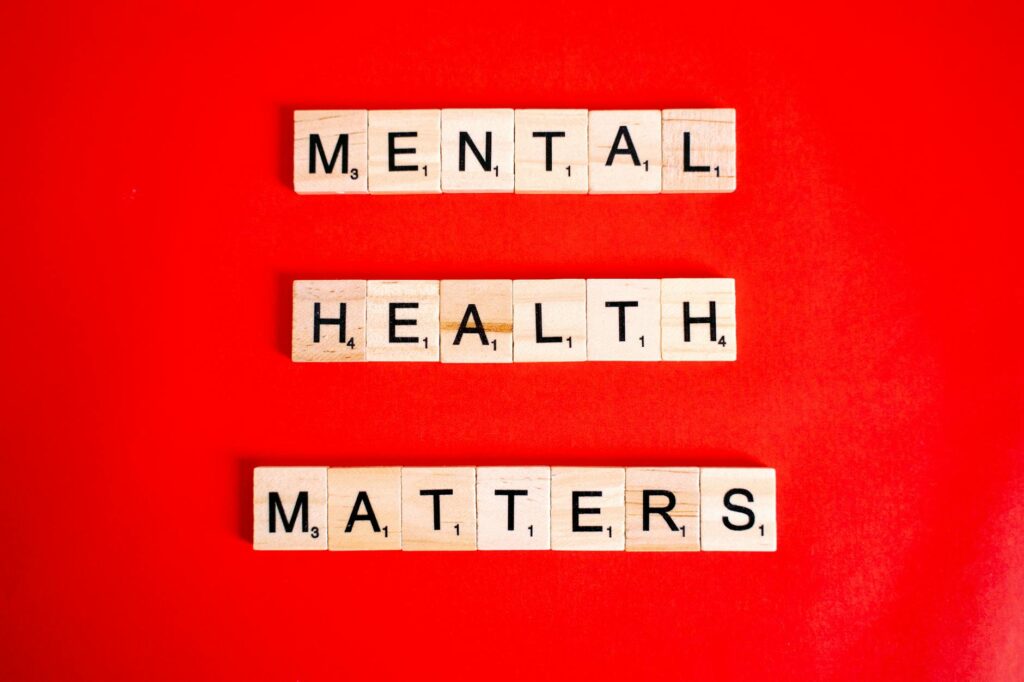What is mental health stigma reduction?

What is mental health stigma reduction?
Mental health stigma is a pervasive issue affecting countless individuals and society at large. It refers to the negative attitudes and beliefs about mental health conditions that can lead to discrimination and marginalization. Reducing this stigma is crucial, not just for the well-being of those who suffer from mental health issues, but for creating a more compassionate and understanding society. By addressing mental health stigma, we can foster an environment where people feel safe to seek help, share their experiences, and contribute positively to their communities.
Understanding Mental Health Stigma
Mental health stigma can be defined as the prejudice and discrimination against individuals with mental illnesses. It manifests in two primary forms: public stigma and self-stigma.
Public Stigma
Public stigma refers to the negative stereotypes and beliefs held by society about mental health conditions. These misconceptions can paint individuals with mental illnesses as dangerous, weak, or untrustworthy. Such attitudes not only contribute to the isolation of those affected but can also discourage them from pursuing treatment. When society views mental illness through a lens of fear and misunderstanding, it can lead to significant barriers in seeking help.
Self-Stigma
Self-stigma occurs when individuals internalize public beliefs about mental health. This internalization can lead to decreased self-esteem and a reluctance to seek help. People may feel ashamed or embarrassed about their mental health struggles, thinking they’re somehow less capable or worthy because of it. This can create a vicious cycle, where the stigma reinforces feelings of isolation and hopelessness, making it even harder to reach out for support.

Photo by Anna Tarazevich
The Impact of Mental Health Stigma
The effects of mental health stigma extend beyond individual feelings of shame. It has profound consequences on both personal and societal levels.
Barriers to Treatment
Stigma acts as a significant barrier to treatment for many individuals. The fear of being judged or discriminated against can prevent someone from seeking the help they desperately need. Studies show that people with mental illness often delay or avoid treatment due to these fears, which can exacerbate their conditions. Understanding the impact of stigma is key to breaking down these barriers and encouraging more people to seek help.
Social Isolation
Mental health stigma can lead to social isolation. When individuals feel judged or rejected due to their mental health struggles, they may withdraw from social interactions. This isolation can worsen their conditions, creating a self-reinforcing cycle of loneliness and despair. Research shows that social support is crucial for recovery; thus, breaking the stigma is essential for fostering connections.
Strategies for Reducing Mental Health Stigma
Addressing mental health stigma requires a multifaceted approach. Here are some effective strategies that can help reduce stigma in communities.
Education and Awareness Campaigns
Education is one of the most powerful tools for changing perceptions. Awareness campaigns can inform the public about mental health issues and challenge common stereotypes. For instance, initiatives that focus on sharing facts and personal stories can humanize mental health challenges. Organizations like the Mayo Clinic provide resources for those looking to understand mental health better.
Promoting Open Conversations
Encouraging open discussions about mental health can help normalize these experiences. When people share their stories, it helps others realize they’re not alone. These conversations can also challenge the stigma by exposing others to the realities of living with mental illness, fostering empathy and understanding.
Role of Individuals and Organizations
Both individuals and organizations play vital roles in reducing mental health stigma.
Personal Responsibility
You can take personal responsibility in addressing your own beliefs about mental health. Reflect on any biases you may hold and actively seek to educate yourself. Engaging in discussions about mental health can help you become a more supportive ally to those in need. By changing your language and attitudes, you contribute to a more understanding environment.
Organizational Policies
Organizations, whether schools or workplaces, can implement policies that support mental health. Best practices include providing mental health resources, training staff on mental health awareness, and fostering a culture that prioritizes well-being. When workplaces openly support mental health, it encourages employees to seek help without fear of judgment.
Conclusion
Reducing mental health stigma is a vital endeavor that can lead to a more inclusive and supportive society. By understanding the different types of stigma, recognizing their impacts, and employing effective strategies, we can create environments that encourage individuals to seek help and share their experiences. It’s crucial for each of us to engage actively in this dialogue, challenge our beliefs, and support initiatives that foster understanding. Together, we can break down the barriers of stigma and create a healthier, more connected world.